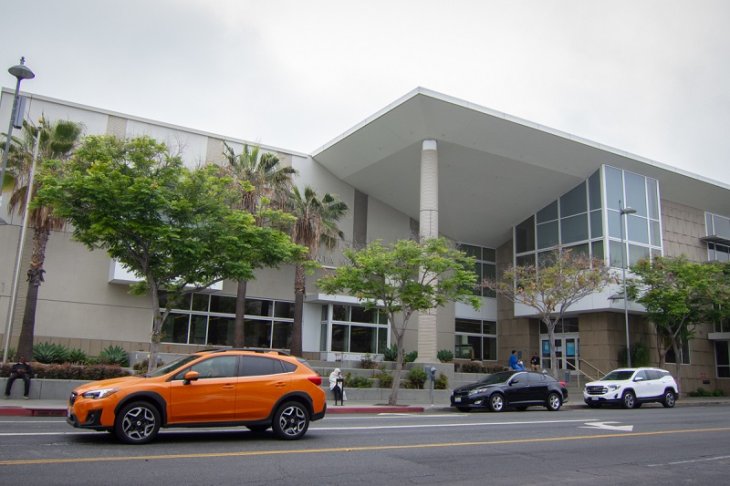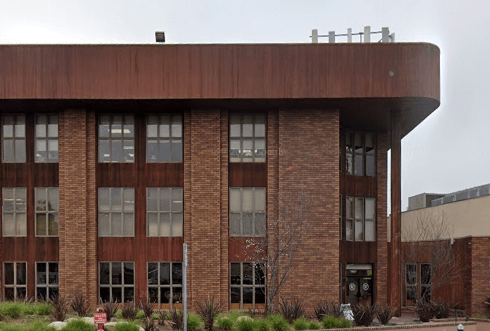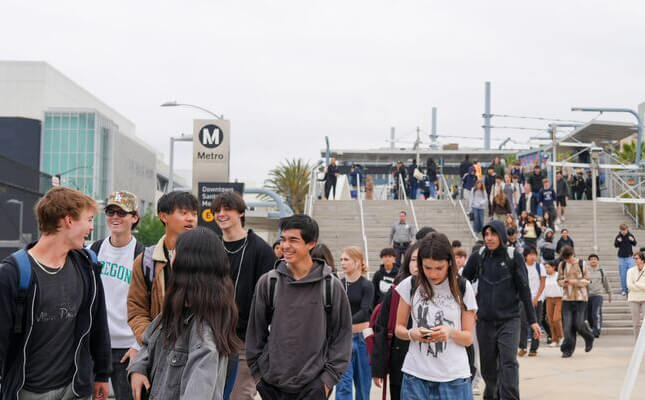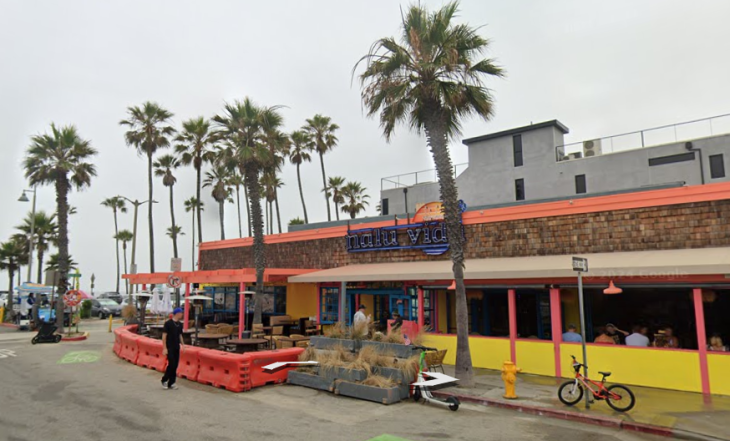
Many fish caught in Santa Monica Bay are unsafe to eat.
By Kai McNamee
Although National Fishing Day, June 18, has come and gone, Santa Monica Pier-goers fish all year — some of them are frequently exposed to highly toxic chemicals.
Anyone visiting Santa Monica’s historic landmark will notice the scores of fishermen and fishing poles lining the railings of the pier. Under California law, fishing from public piers does not require a license, making pier fishing an accessible activity for locals and tourists alike.
Pollution, however, poses a serious threat to anyone who eats fish caught in the Santa Monica Bay.
According to Mannie Mendelson, the owner of the Santa Monica Pier Bait & Tackle shop at the end of the pier, anglers have used the Santa Monica Pier for subsistence fishing as early as the Great Depression. But since then, pollution levels in the bay have changed dramatically.
Between the 1940s and 1970s, industrial waste discharged into the bay led to dangerous accumulations of DDT and PCBs, chemicals historically found in pesticides. Although DDT and PCB are no longer used, their impacts can still be felt today: consuming DDT or PCB-contaminated fish can result in chronic health problems, according to Frankie Orrala, Heal the Bay’s Angler Outreach Program Manager.

Continuous, low-level exposure to these chemicals can cause “liver damage, decreased ability to fight diseases, reproductive harm, neurological effects and developmental effects,” Orrala said.
“Certain areas of the Santa Monica Bay are considered as a Red Zone,” Orrala said, referring to the Office of Environmental Health Hazard Assessment’s designation of Santa Monica Bay as a high pollution area. “People who regularly eat fish caught near the contaminated areas, such as [white croaker, barred sand bass, black croaker, topsmelt and barracuda], face greater health risks because of prolonged exposure to toxic chemicals such as DDT and PCBs.” Signs on the Pier list these five fish as “contaminated,” instructing pier-goers to avoid consuming the tainted fish.
Despite the potential dangers of eating fish caught in the bay, several anglers still eat what they catch.
Ricardo Camirrinta, a Beverly Hills resident originally from the Philippines, has been fishing from the pier and eating what he catches for 26 years. Mendelson himself sometimes eats what he catches in the Santa Monica Bay.
“Migrating fish are tastier,” Mendelson said, explaining that he feels safe eating halibut caught in the bay due to its migratory patterns.

Orella pointed out, however, that bottom-feeding fish, like halibut, are more likely to contain higher concentrations of DDT and PCBs.
But many people fishing on the Santa Monica Pier practice catch and release. Felix, a Glendale resident originally from Buenos Aires, calls the pier his “second home” — Felix fishes for fun and releases what he catches back into the ocean.
Ayan Bandyopadhyay, a Northern California resident and senior at the California Institute of Technology, is well aware of the “red zone” designation.
Bandyopadhyay researched the issue before him and his two friends visited the pier to fish for the first time. Although they weren’t expecting to catch much, they had caught a handful of fish by the third hour of their adventure — the three friends posed for photos with their fish before throwing each of them back into the water.


























You must be logged in to post a comment.